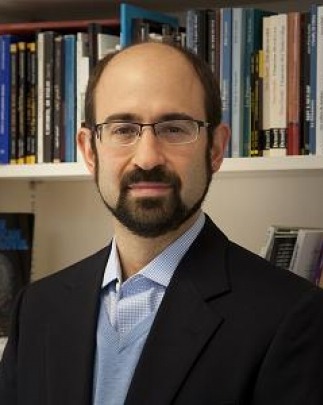
Recently there has been intense interest in claims about the performance of the D-Wave machine. Scientifically the most interesting aspect was the claim based on extensive experiments, that the machine exhibits large-scale quantum behavior. This conclusion was based on the strong correlation of the input-output behavior of the D-Wave machine with a quantum model called simulated quantum annealing, in contrast to its poor correlation with two classical models: simulated annealing and classical spin dynamics. In this paper, we outline a simple new classical model, and show that on the same data it yields correlations with the D-Wave input-output behavior that are at least as good as those of simulated quantum annealing. Based on these results, we conclude that classical models for the D-Wave machine are not ruled out. Further analysis of the new model provides additional algorithmic insights into the nature of the problems being solved by the D-Wave machine.

